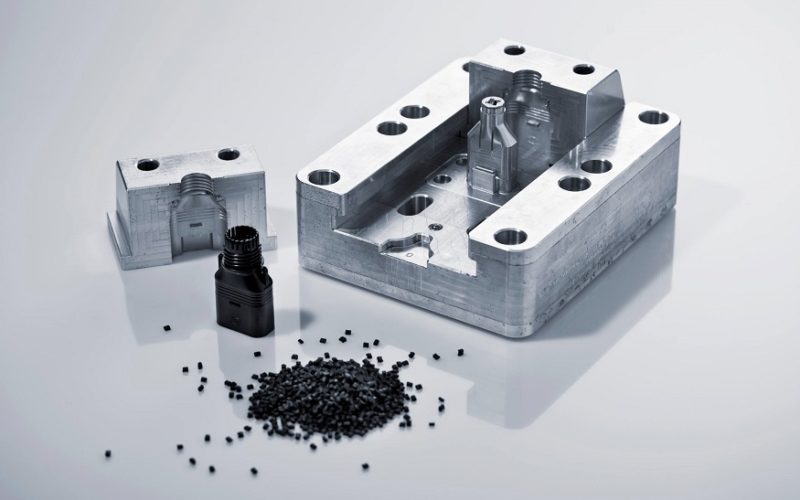One of the most well-established methods of manufacturing products is laser sintering and melting. It is used for rapid prototyping and rapid tooling as well. The machines that perform these tasks are available to work with plastics and metals. Some of the most specialized brands have the option to have them work with sand as well. You would think that this type of technology is a given for tasks that require precise work but very can put this technology to the test to create smaller products. So far, the industry has pushed for low dimensions, with 150 micrometers being the lowest cap commercially available to date.
We have stated multiples times in the past how manufacturing technology is one of the wildest and more evolving tech fields given the nature of demands that are required from workshops each day. Many of these companies have gathered minds to create a single process with a shared patent that will allow them to create smaller pieces than the 150μm mark. The work also allows these manufacturers to develop the technology to create these micro pieces at the highest resolution without the mess generated for machining smaller parts from a single source. The scope of this project, in particular, is so grand that we might as well be talking about one of the secrets for future developments in nanotechnology.
The Big Reach of Going Smaller
Let’s play a practical scenario in our heads to illustrate the scope of this new project. Imagine for a moment that you are creating thousands of little parts using a single source in a power bed to hold on to the sheet. The diameter of the table plays a significant role in keeping it stable, so for the sake of argument let’s say it fits correctly. You would still have to deal with powder in the way, and the task would be a mess. One of the best trade secrets when dealing with these tasks is adhesives. Still, even so, powder will be generated, and it will agglomerate, making it hard to complete the job without facing some serious challenges.
To make this process a reality, the workshops that have developed the procedure have come up with a solution in the form of a heating laser with a powder storage container composed of rotating rollers. This integrated machine can work with a heating vacuum chamber to dry out any powder coming from the material being processed, minimizing the risks of agglutination. This may sound overly technical, but it’s also a wonder that allows manufacturers to create smaller parts in bit sizes that will surely be challenged to their extension in the future. This experimental set-up uses a fiber laser that works smoothly so far on titanium, iron, copper, gold, silver, tungsten, cobalt, and all alloys derived from them.

